Rules can vary by state, but they can also vary by county, districts and so on. During our next few posts we’ll try to lay a foundation for best practices.
The current climate of the United States has altered in a manner that has made traveling with a weapon less and less of a consistent process.
Your destination, how you plan to travel, and what weapon you plan to traveling with are all factors in determining the legality of bringing the weapon with you, on your vacation, as well as providing possible extenuating factors, if you need to defend yourself.
There have been multiple instances of people being detained at their destination, or even along the way, on the journey, for possession of a weapon that was legal in their resident location.
So at what point can a weapon go from legal to illegal during your travels? As stated it can be complicated and each step of the way should be researched beforehand.
Such was the instance of a man who was detained in New Jersey with an unloaded firearm he had legally checked into his baggage while at Salt Lake City. His circumstance was unfortunate, he had legally checked his firearm with his baggage, but was stranded in New Jersey. He chose to go to a hotel to wait for the correct flight. When he voluntarily disclosed to the TSA officer (Transportation Security Administration) that he was checking-in a firearm, the man was detained for “possession of a firearm in New Jersey without a New Jersey license.”
The man was held for 10 days before posting bail. The police dropped the charges a few months later. The man attempted to sue the police for detaining him, by citing a law that allows licensed gun owners to take their weapons through any state as long as the weapons are unloaded and not readily accessible. Regardless of that law or the outcome of the suit, it’s plain that the man did not avoid his detention nor the inconvenience that comes with an arrest.
A woman was detained in New Jersey as well, for traveling with a firearm that was legal and registered in Pennsylvania, her place of residence, but was not legal in New Jersey, where during her travel she was pulled over for a traffic infraction. Again, she voluntarily disclosed to the officer that she was carrying a firearm in the vehicle, and this led to her arrest. She was held for 40 days in Atlantic County before posting bail.
These examples are not put forth to discourage people from traveling to New Jersey, (even though NJ arguably has the strictest gun control laws in the country). We share this information as evidence that all precautions should be taken, (with carrying weapons) whenever and where ever your travels may take you.
Just because various weapons might be legal in your resident location, does not mean they are legal at your destination, or even along points to your destination, or in the different modes of transportation you may be taking.
Travel/vacation season will soon be upon us and some people travel as a matter of lifestyle! If you’d like to discuss some to the ways you can intelligently research the travel guidelines related to firearms and other weapons, connect with us. We at SDTG follow the laws and trends related to firearms in the US. We do not provide legal advice, however we can provide you with a starting point for your research. Follow this link to set up a Q and A session today!
Ref: TSA Firearm Guidelines: https://www.tsa.gov/travel/transporting-firearms-and-ammunition
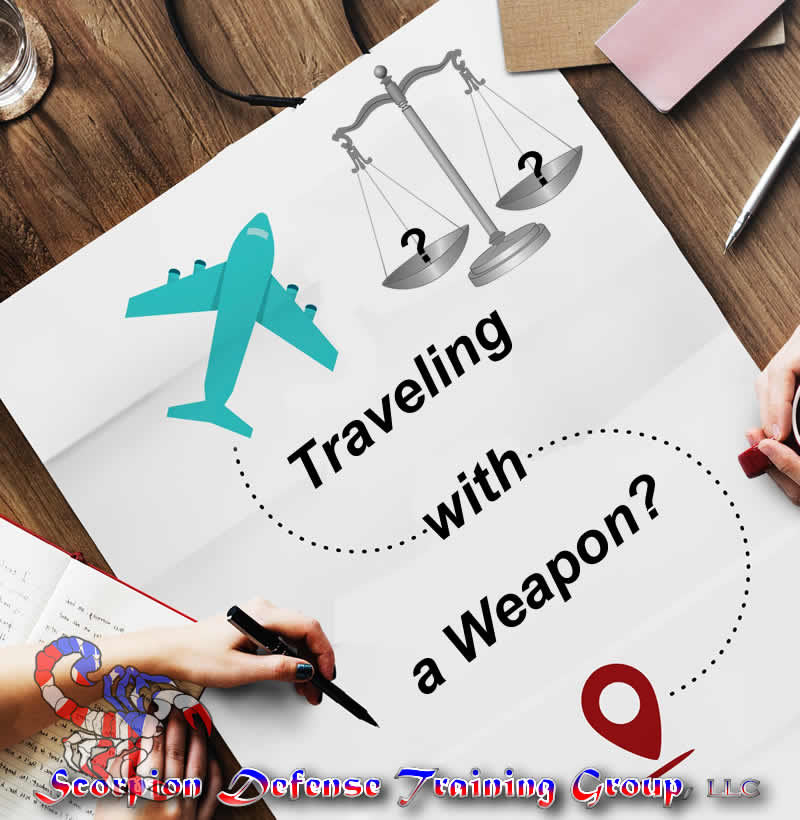
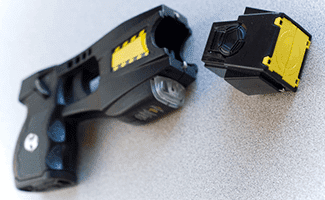

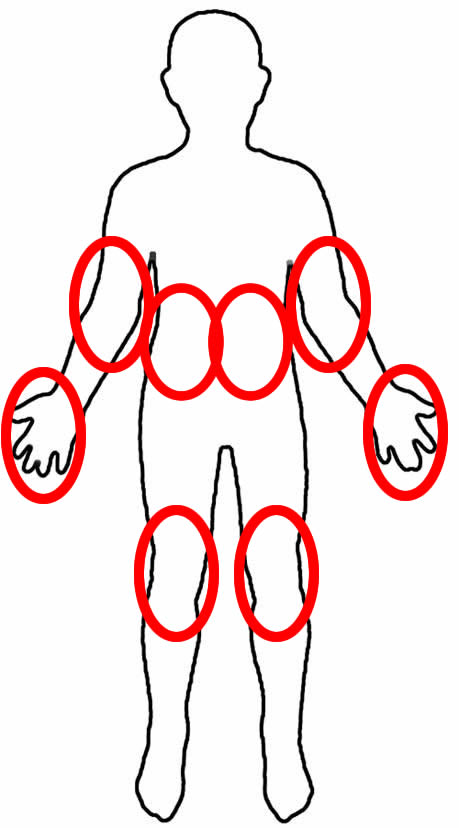
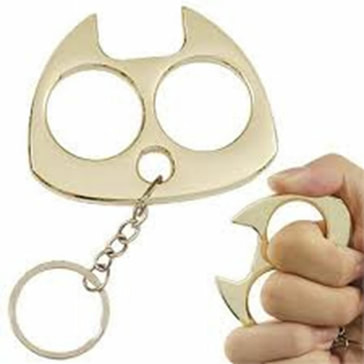
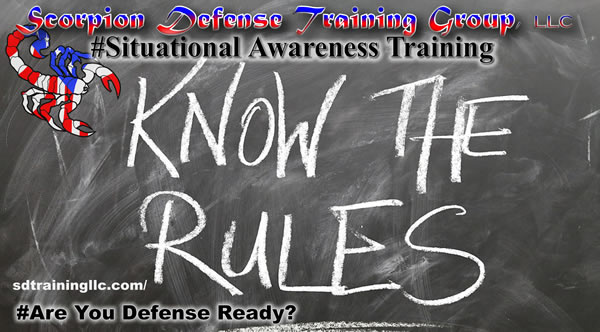
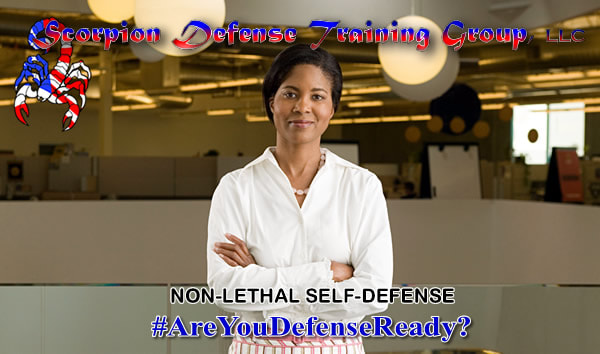
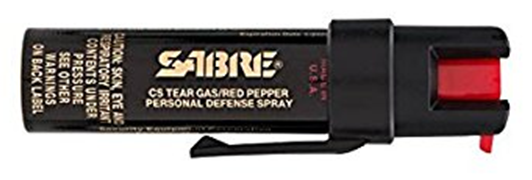
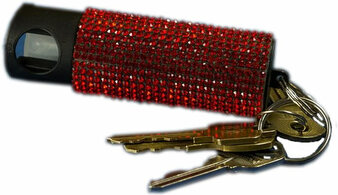
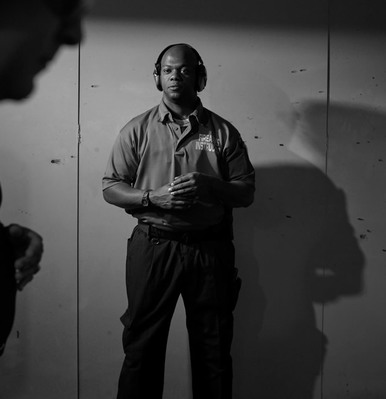
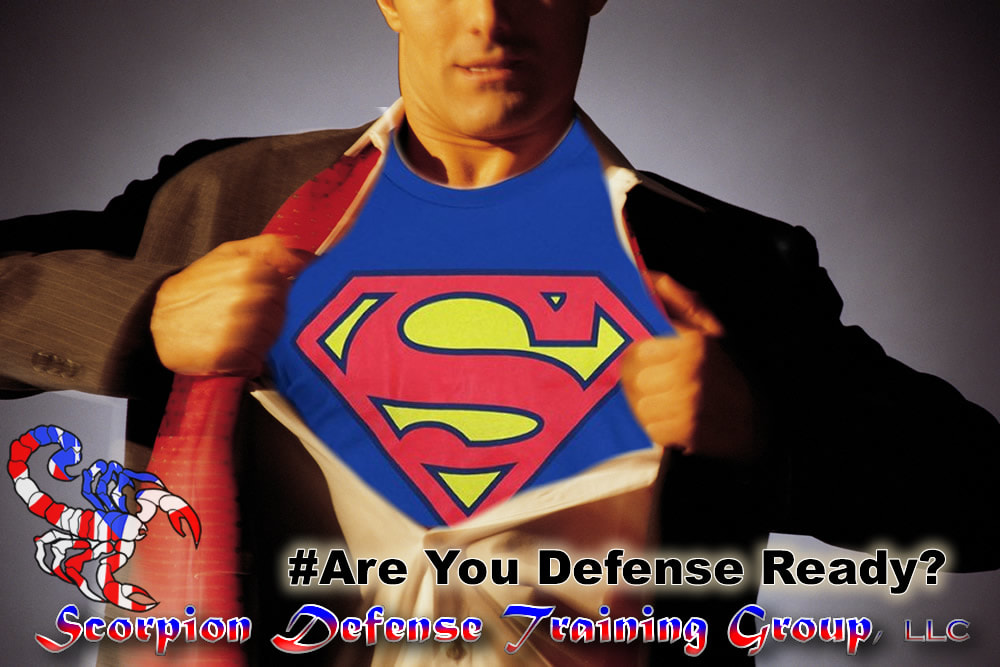
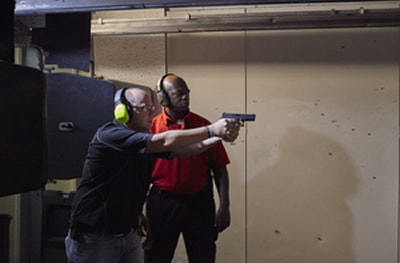
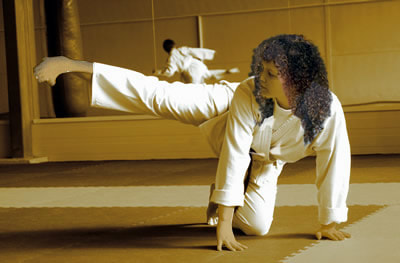

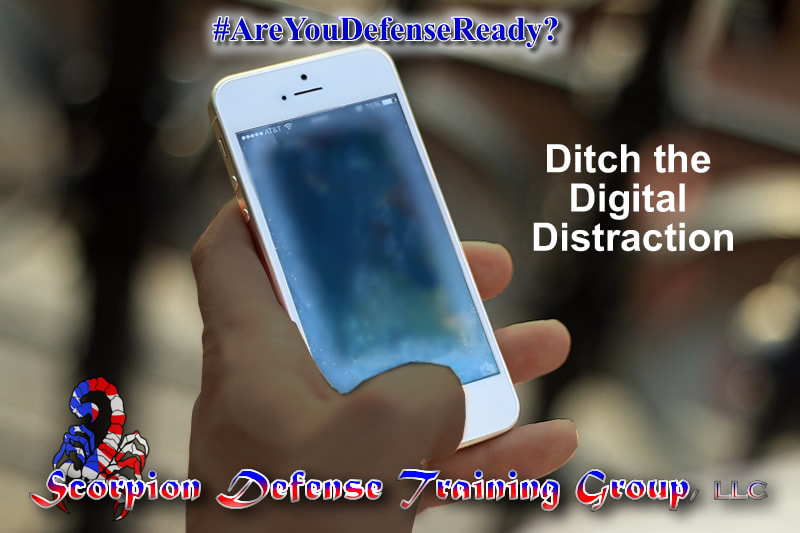
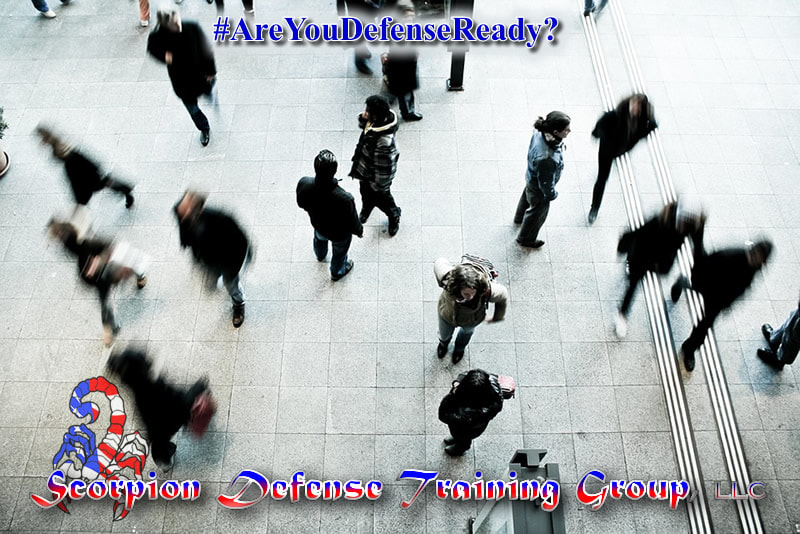
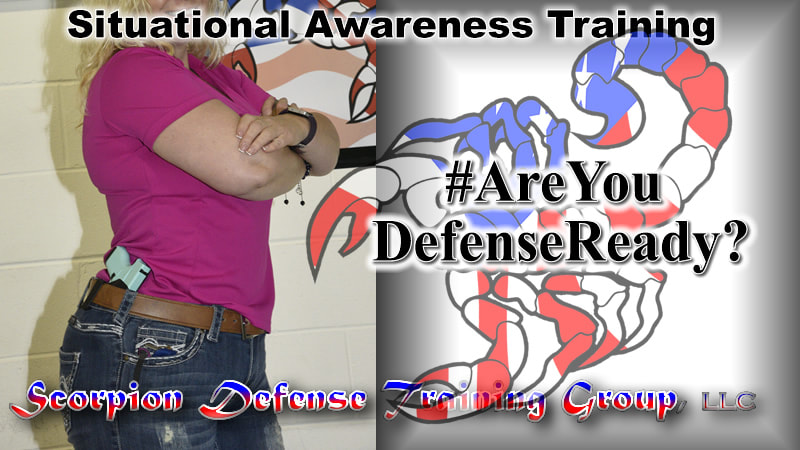
 RSS Feed
RSS Feed


